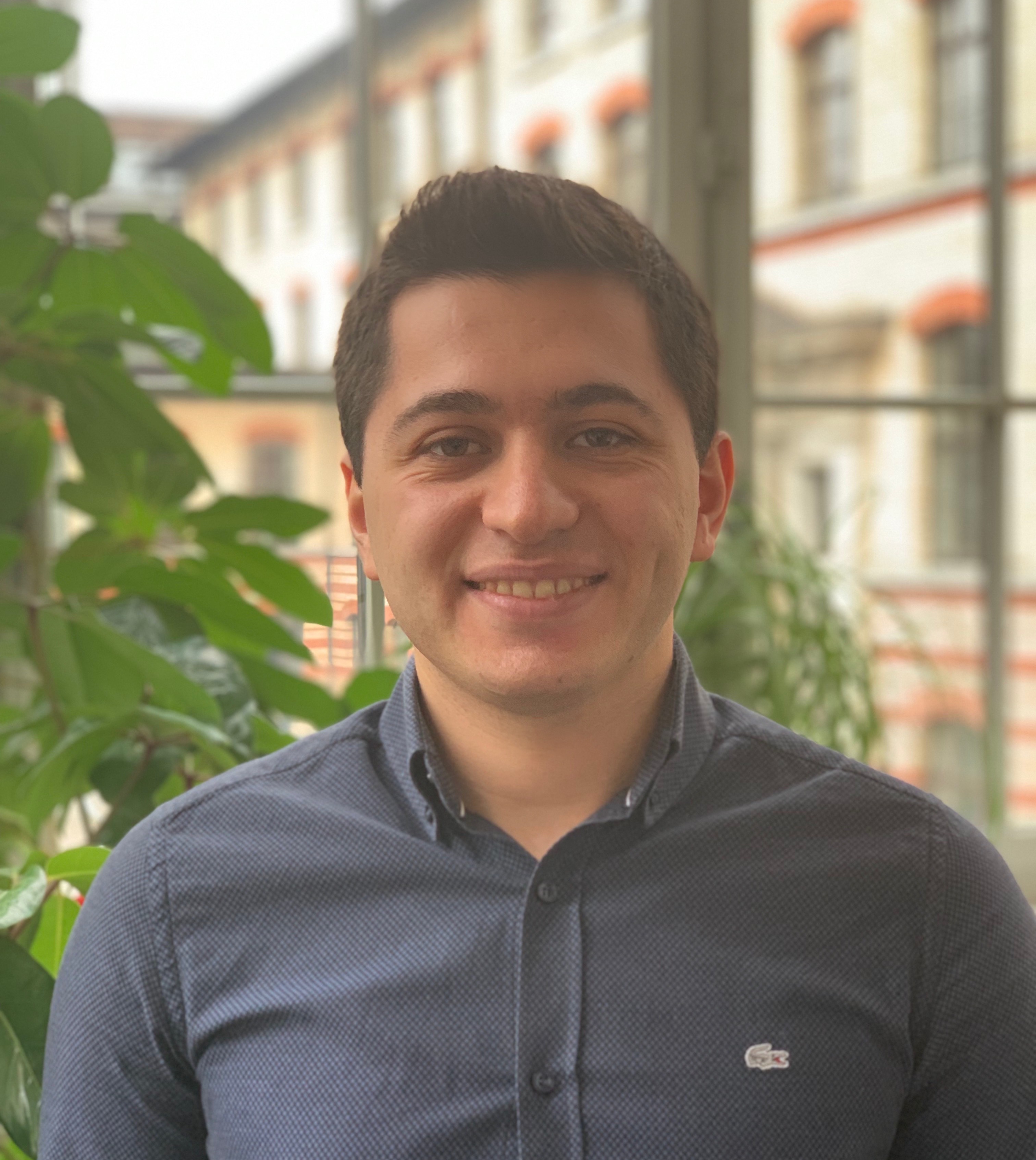Can Firtina

ETZ F76
Gloriastrasse 35
8092 Zurich Switzerland
Can Firtina is a senior researcher in the SAFARI Research Group and a lecturer at ETH Zurich. His research interests broadly span bioinformatics and computer architecture topics, including real-time, accurate, fast, and energy-efficient genome analysis, hardware-software co-design for accelerating bioinformatics workloads, and developing computational tools for genome editing. His research has been published in major bioinformatics and computer architecture venues.
He obtained his PhD in ECE (D-ITET) from ETH Zurich, MSc and BSc degrees in Computer Engineering from Bilkent University.
I will join the University of Maryland, College Park (UMD) as an Assistant Professor of Computer Science in Fall 2025. I will be hiring motivated students at multiple levels. If you are interested in working with me, please contact me via email.